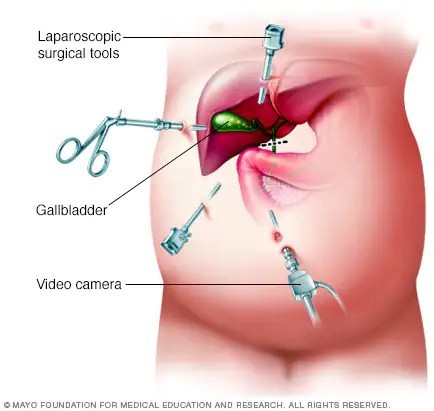A nurse enters a client's room and finds her sitting on the floor next to the shower. The client states that she slipped on some water outside of the shower. Which of the following actions should the nurse take first?
Notify the client's provider.
Measure the client's vital signs.
Complete an incident report.
Document the fall in the client's medical record.
The Correct Answer is B
When a nurse encounters a client who has fallen, the immediate priority is to assess the client's condition and ensure their safety. By measuring the client's vital signs, the nurse can gather important information about the client's overall well-being, such as heart rate, blood pressure, respiratory rate, and oxygen saturation. This assessment helps determine if there are any immediate medical concerns resulting from the fall, such as injury or shock, that require prompt attention.
The other options listed are also important but should be addressed after the initial assessment and safety measures:
A. Notify the client's provider: After assessing the client's condition, if there are significant injuries or concerns identified, the nurse should promptly notify the client's provider to seek further medical guidance and intervention.
C. Complete an incident report: Reporting the fall incident is an essential part of ensuring quality and safety in healthcare. However, it is not the first action the nurse should take. The immediate focus should be on the client's assessment and safety. Completing an incident report can be done once the client's immediate needs are addressed.
D. Document the fall in the client's medical record: Documenting the fall in the client's medical record is important for maintaining accurate and comprehensive documentation. However, it should be done after the client's assessment, vital sign measurement, and any necessary interventions have been carried out.
Nursing Test Bank
Naxlex Comprehensive Predictor Exams
Related Questions
Correct Answer is D
Explanation
After a laparoscopic cholecystectomy, steri-strips or adhesive strips are commonly placed over the small incisions. The client should keep the steri-strips in place until they fall off on their own or until they are removed by the healthcare provider during a follow-up visit. Removing the steri-strips prematurely can increase the risk of infection or disrupt the healing process.
"I should eat a high-fat diet for several weeks": After a laparoscopic cholecystectomy, it is important for the client to follow a low-fat diet initially to allow the body time to adjust to the absence of the gallbladder. High-fat foods can be more difficult to digest and may cause digestive discomfort. Gradually introducing small amounts of fat back into the diet is recommended, but a high-fat diet is not appropriate.
"I should expect to have diarrhea until my diet changes": While changes in bowel movements can occur after a cholecystectomy, such as looser stools or changes in frequency, persistent diarrhea is not expected or normal. If the client experiences persistent diarrhea, they should contact their healthcare provider for further evaluation.
"I should expect to have nausea for several days": While some clients may experience mild nausea or discomfort after the surgery, it should generally improve within a few days. If the client experiences persistent or severe nausea, they should contact their healthcare provider.

Correct Answer is C
Explanation
Neisseria gonorrhoeae is a sexually transmitted infection that is reportable to public health authorities due to its potential for spreading rapidly within a population and its significant public health implications. Reporting cases of Neisseria gonorrhoeae infection allows for appropriate monitoring, treatment, and control measures to be implemented to prevent further transmission and protect public health.
A. Sarcoptes scabies, which causes scabies, is a contagious skin infestation but is not typically a reportable condition to the state health department.
B. Human papillomavirus (HPV) is a common sexually transmitted infection, but it is not generally reportable unless it is associated with certain high-risk strains and leads to specific conditions such as cervical cancer.
D. Impetigo contagiosa, a bacterial skin infection, is not usually a reportable condition unless there is an outbreak or unusual circumstances warranting public health intervention.
Whether you are a student looking to ace your exams or a practicing nurse seeking to enhance your expertise , our nursing education contents will empower you with the confidence and competence to make a difference in the lives of patients and become a respected leader in the healthcare field.
Visit Naxlex, invest in your future and unlock endless possibilities with our unparalleled nursing education contents today
Report Wrong Answer on the Current Question
Do you disagree with the answer? If yes, what is your expected answer? Explain.
Kindly be descriptive with the issue you are facing.
